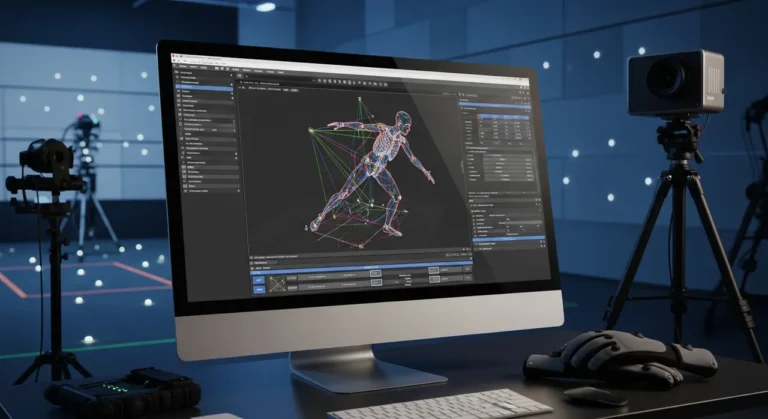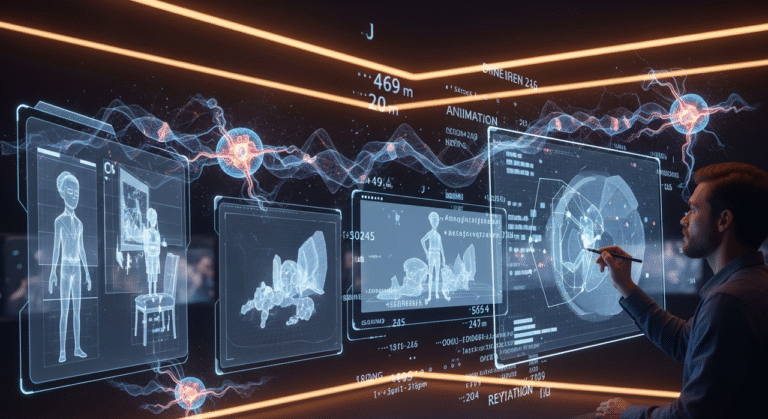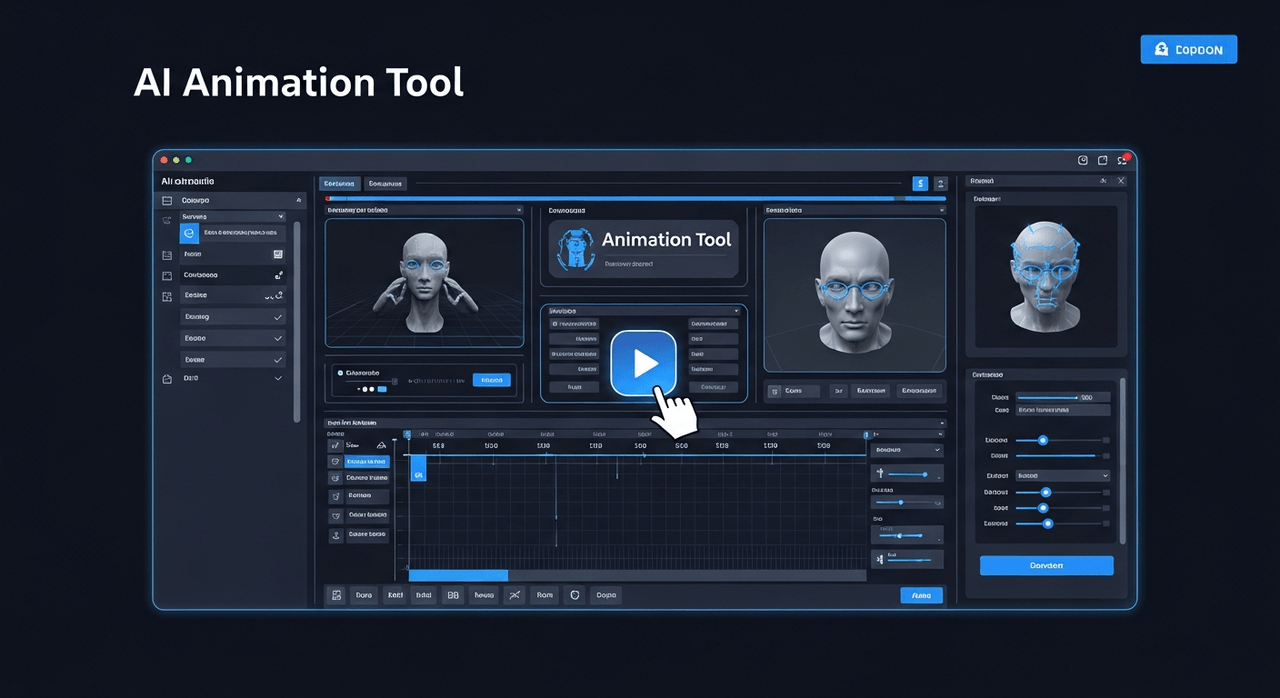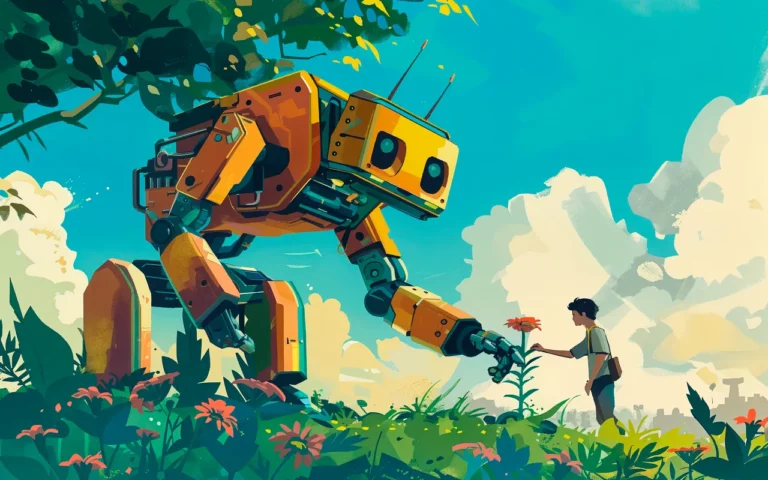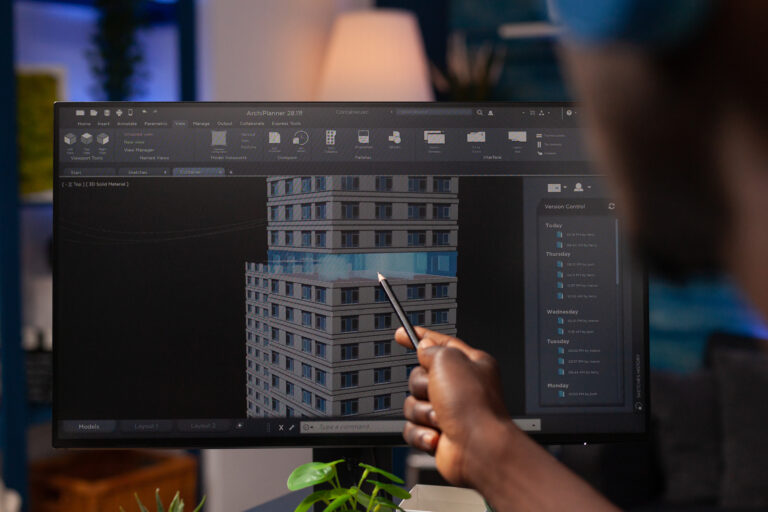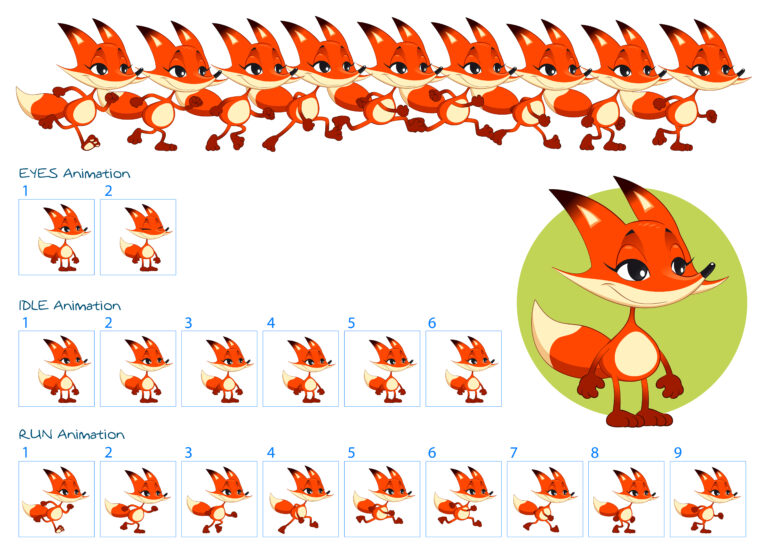3D animation could be considered one of the best types, with many benefits among different types of animation. Its advantages have helped several industries achieve what they want, from advertising to animated series. These advantages make 3D animation a powerful medium for storytelling, visual communication, and artistic expression, offering endless possibilities for creativity.
In this blog, we will discover the advantages of 3D animation, such as flexibility, creativity, versatility, cost and time efficiency, simulation, visualization, etc., and its disadvantages, such as the cost of production, required expertise, software, art style limitations, etc. If you are in two minds about choosing between 3D animation and other types, join us and find out the listed pros and cons of 3D animation.

Need 3D Animation Services?
Visit our 3D Animation Service page to see how we can help bring your ideas to life!
What Are the Advantages of 3D Animation?
Here is a list of different pros of 3D animation. While 2D has become overused, 3D animation is stellar in the world of art and technology.
Different types of animation have different advantages, so taking advantage of them depends on you and how you use them.
1. Realistic Visuals
3D animation offers highly realistic visuals, with great details of realistic textures, lighting, and shading for your animation ideas. These features bring characters, objects, and environments to life with appealing visuals better than other types of animation.
2. Flexibility and Creativity
3D animation offers as much flexibility as needed in terms of character design, environments, and camera angles. Artists can manipulate and control every aspect of the scene through flexible camera angles, allowing for endless creativity and better results.
3. Sense Depth and Dimension
The three-dimensional space in 3D animation brings depth and dimension to the visuals, creating an engaging animated world. 3D animation can also perceive depth, distance, and perspective. With 3D animation, objects can be rotated and viewed from different angles, giving them a sense of volume and depth that is not possible with flat 2D drawings.
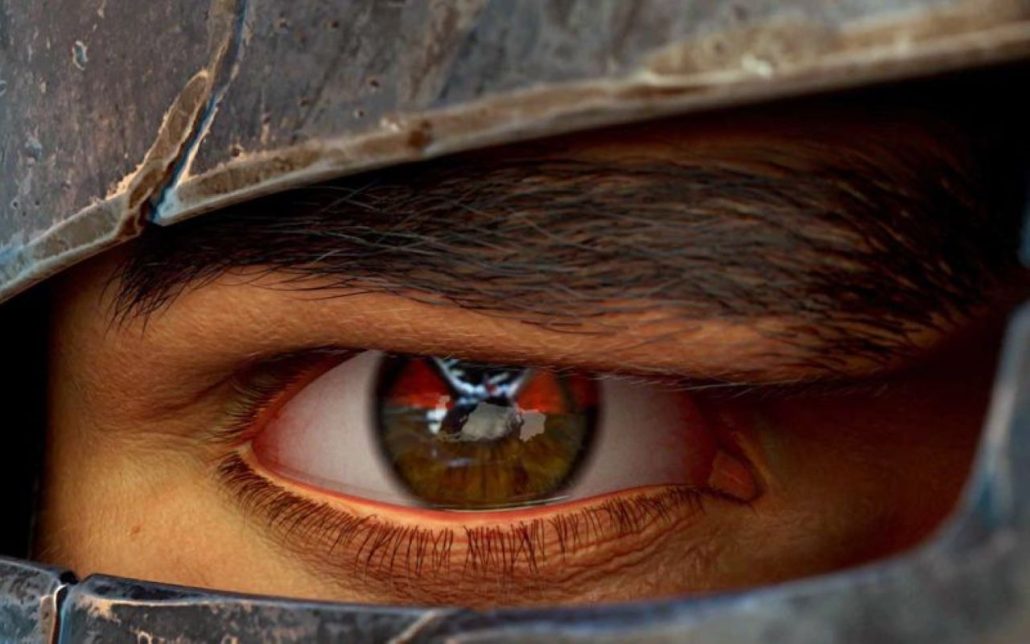
4. Real-Time Interactivity
These days, real-time 3D animation houses have become more accessible. It results in more interactivity with real-time animated elements and responsive visuals, whether in video games, virtual reality experiences, visualization, or interactive simulations. This interactivity and responsiveness allow 3D animation to transcend pre-rendered 2D limitations, creating interactive experiences and simulations that are not possible otherwise.
5. Cost and Time Efficiency
The 3D animation production pipeline requires significant software, effort, computing power, time, and cost. However, once the assets and models are created, they can be reused for future projects, like the base meshes that sculptors use in 3D sculpting. This allows studios to amortize the animation production cost in the long run. Additionally, complex and realistic 3D scenes can be achieved more economically compared to the time-intensive process of hand-drawing equivalents in 2D.
6. Enhanced Storytelling
3D animation offers some storytelling advantages from a technical perspective. In terms of storytelling, this type of animation is a powerful tool to convey stories and emotions effectively for filmmakers, storytellers, animators, and 3D animation companies. Complex sequencings like spatial transitions, accurate perspective shifts, and dramatic camera zooms can heighten the visual narrative.
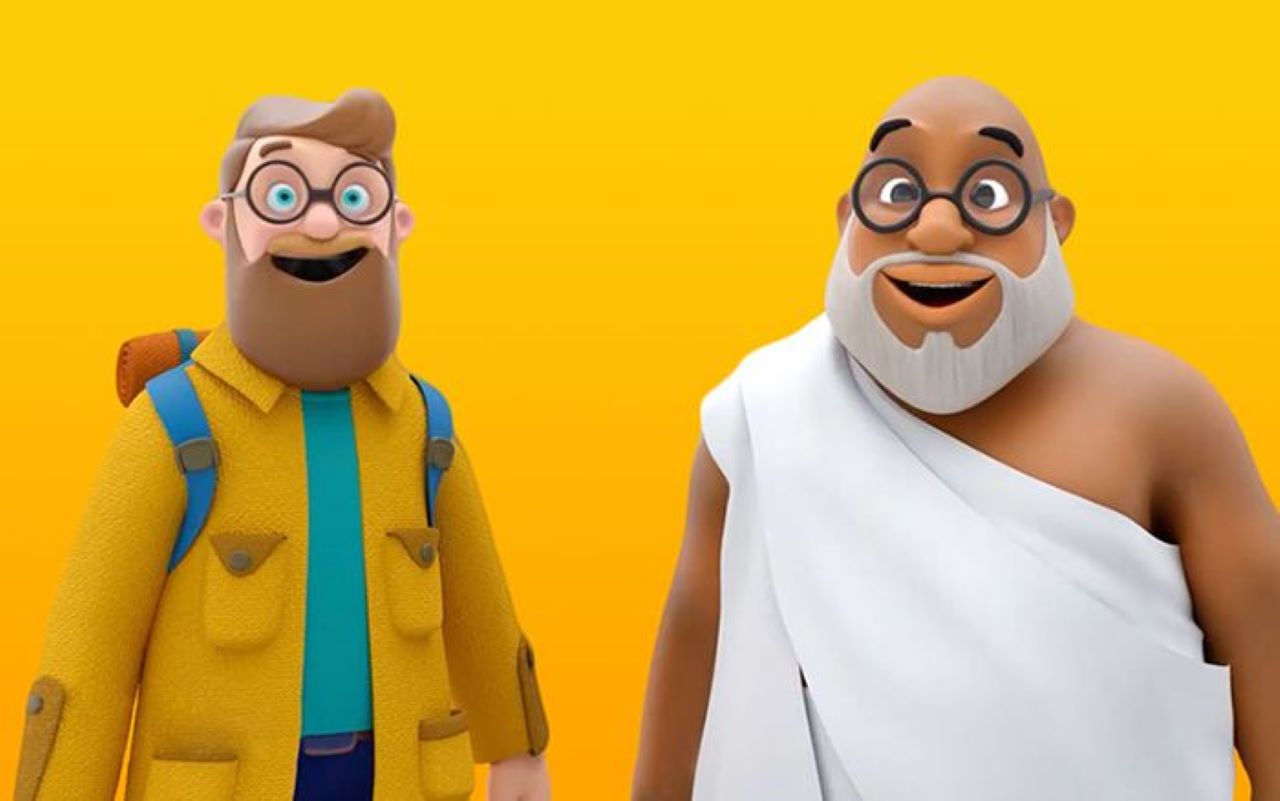
7. Versatility Across Industries
3D animation can be used in various industries, including film, television, advertising, architecture, engineering, science, manufacturing, product design, medical visualization, and education. One of the key advantages of 3D animation is its immense versatility, allowing it to serve unique purposes across a wide range of industries.
8. Simulation and Visualization
Beyond entertainment, real-time 3D simulation and visualization are crucial for architecture, engineering, and science fields. 3D animation allows these industries to create complex models more understandably. Better visualization of designs, demonstration of processes, and prediction of outcomes are other important advantages of 3D animation.
9. Prototyping and Previsualization
Before investing in physical prototypes, designers and engineers can create virtual models and simulate their functionality, appearance, and performance. They can also use 3D prototyping and simulation for testing concepts.
10. Efficient Editing and Post-Production
The flexibility of 3D animation results in easy editing and faster post-production stages. Animators can easily make changes to the visuals, camera angles, lighting, or other elements with quick iterations while applying 12 principles of animation.
11. Global Collaboration
While there are many artists around the world, global collaboration is needed to have different artists in different fields for different projects. Animation outsourcing is one of the best ways to create an animation with ease of mind.
12. Longevity and Preservation
3D animation preserves visual content for the long term. Digital files of 3D animations can be stored, archived, and reproduced without degradation, ensuring that the future of the 3D animation industry can access and enjoy the animated content.
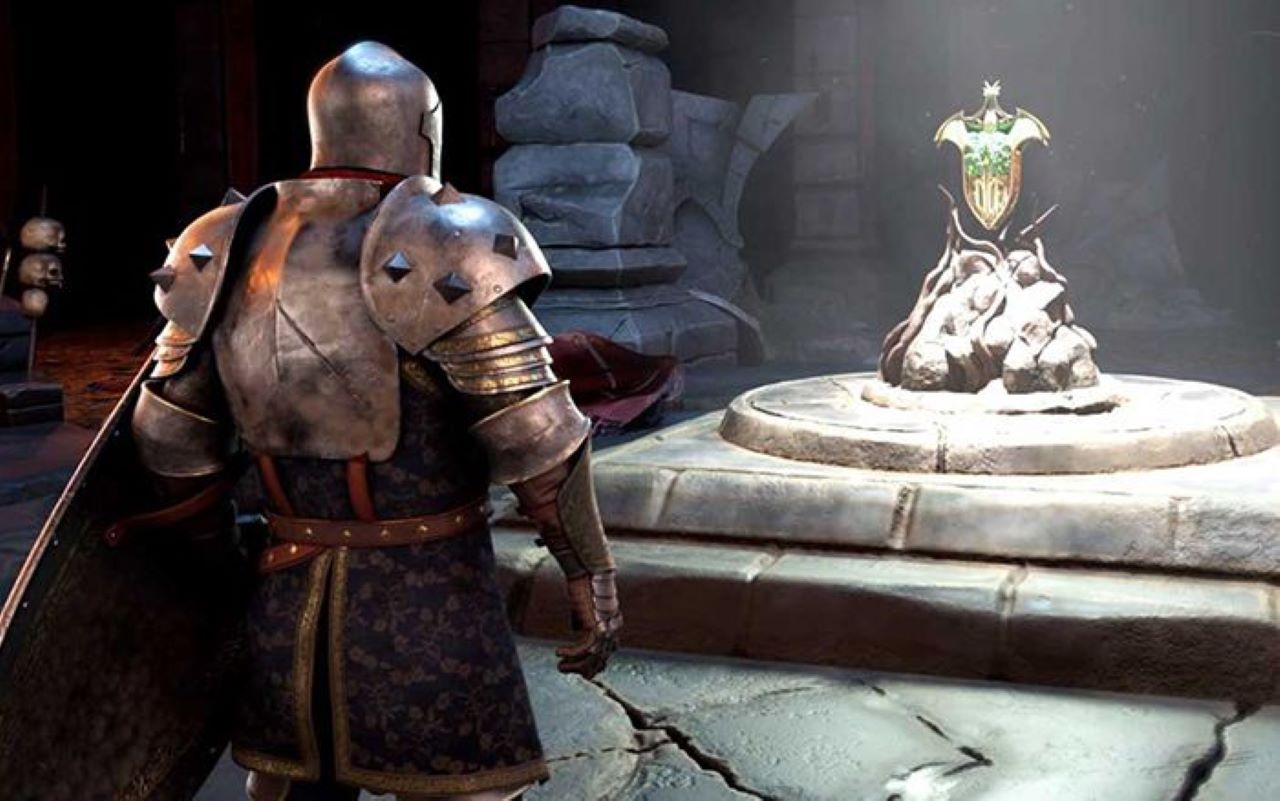
3D Animation is Not Always Good
It’s also important to highlight the disadvantages of 3D animation, as these limitations can often be overcome with experience, expertise, and proper planning. Here are some of these cons:
1. Cost of Production
Entering the field of 3D animation and producing 3D animations require costly investments in equipment and training.
2. Time-Intensive Process
3D animation production pipeline is a time-consuming process with different stages, including modeling, texturing, rigging, lighting, rendering, etc.
3. Steep Learning Curve and Expertise
Extensive time and effort are needed to become proficient in the technical aspects of 3D animation so that the learning curve can be steep, and high expertise is required.
4. Hardware and Software Requirements
Running complex animation software and rendering processes is resource-intensive. Powerful computers with high-performance processors, graphics cards, and large amounts of RAM are required.
5. Lack of Spontaneity
While 3D animation results in polished art, it can sometimes limit the spontaneity and organic feel of the animation. 3D animation also has a lower realism than live-action, while it is more believable than 2D ones. This is why it may have a limited target audience.
6. Rendering Time
Rendering is one of the most critical stages of the 3D animation pipeline, where the final frames of an animation are computed and produced. This process is heavily time-consuming.
7. Limitations in Artistic Styles
There are several art styles in the world of art, in 3D animation production, these artistic styles includes digital 3D, interactive 3D, motion captures, motion graphics, etc.
8. Dependency on Technology
3D animation has a direct relationship with technology, both in terms of software tools and hardware infrastructure. As technology rapidly evolves, keeping up with the latest trends can be challenging and costly
Conclusion
In conclusion, the advantages of 3D animation are a plethora, and this is the reason for its value and popularity in various industries. From its flexibility to longevity, you can consider how much it is efficient and impactful. Although there are disadvantages too, the point is exactly here; while comparing the advantages with disadvantages, we understand that 3D animation is a powerful tool for every industry. 3D animation could be considered one of the best types of animation ever.
